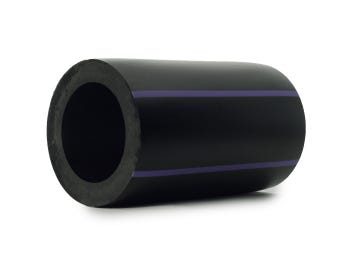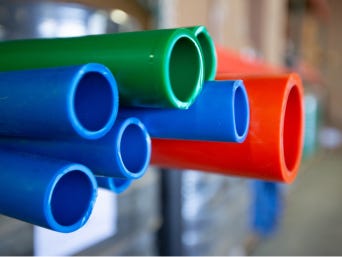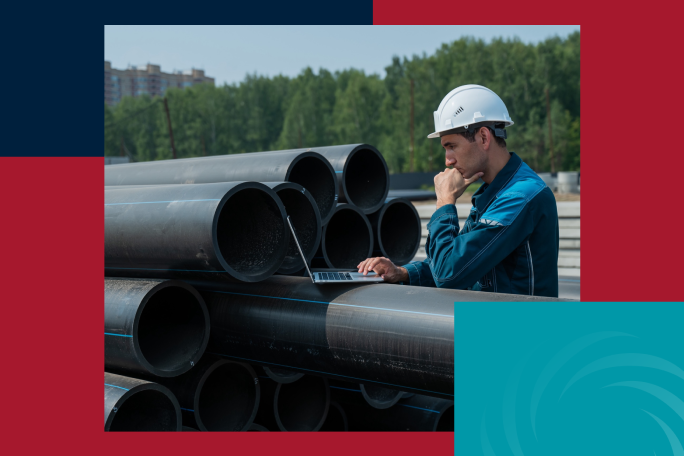Leak-Free Performance
Heat-fused joints eliminate weak points, reducing maintenance costs and improving system integrity.
WL Plastics is a trusted industry leader in manufacturing high-density polyethylene (HDPE) pipe for municipal, industrial, and energy applications. With superior durability, corrosion resistance, and leak-free performance, our HDPE piping systems are engineered to withstand extreme conditions, ensuring long-term reliability for water, sewer, gas, and industrial projects.



We have career opportunities across the country in a variety of disciplines within our company. You can find the ideal career to fit your interest and have the freedom to grow your knowledge, skills and progress your career with us. Explore a career opportunity with WL Plastics today.
